Search
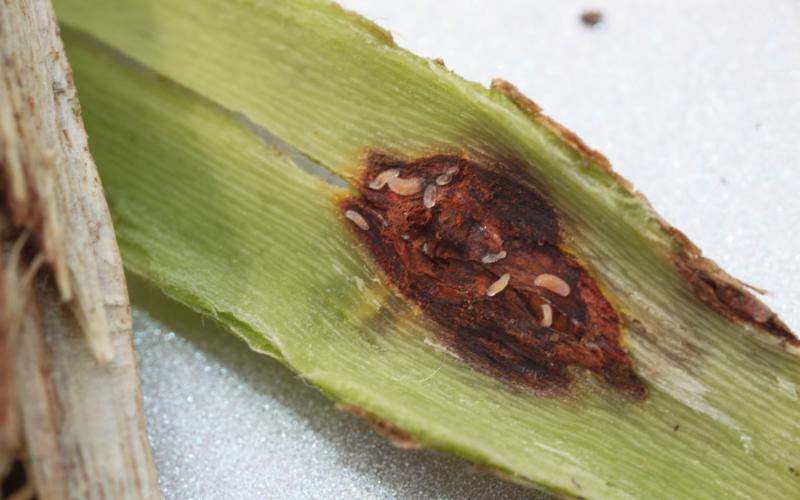
Small red maggots under your soybean plants’ epidermis? We have answers.
In 2015, we received plant samples of soybean that had small red maggots under the epidermis. Now, in 2017, we are starting to receive reports of these same insects being found under the epidermis of soybean in different parts of South Dakota.

April Ag Economic Dialogues Discusses Carbon Credit Contracts
April 08, 2022
SDSU Extension will host the next Ag Economic Dialogues webinar on April 15 at 10 a.m. CDT. The April webinar will cover how to evaluate carbon credit contracts.
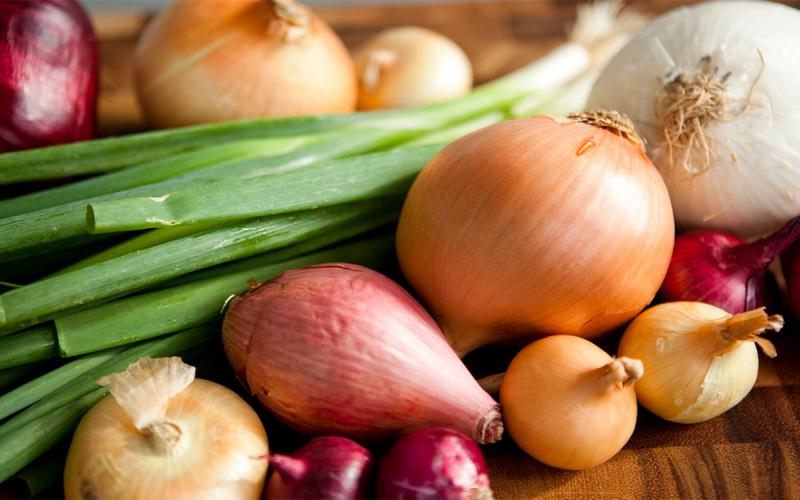
Onions: How to Grow It
Onions are a classic, flavorful addition to any home vegetable garden! Learn some expert tips for selecting, growing and harvesting onions in this resource.

Farm to (More Than) School
Opportunities for local food procurement go beyond just school lunch! Learn about several child nutrition programs and settings that may accept local foods.

Spring Dandelion Control In Soybeans
Dandelion has become much more of a problem as farming practices have changed. Less tillage and increased use of glyphosate resistant crops along with reduced use of residual herbicides have allowed some perennial weeds such as dandelion to prevail.

Potatoes: How to Grow It
Potatoes are one of the world’s most-versatile vegetables. Learn how to select, plant and grow and harvest a variety that's right for you with this resource.
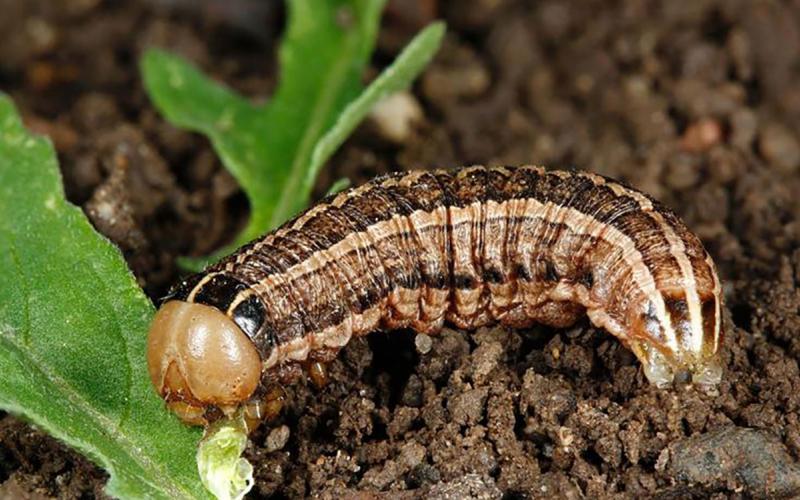
Army Cutworms Are Active in South Dakota Wheat
Army cutworm caterpillar activity in winter wheat was detected a couple of weeks ago in South Dakota. Forecasted warmer temperatures will make conditions favorable for army cutworms to start feeding.
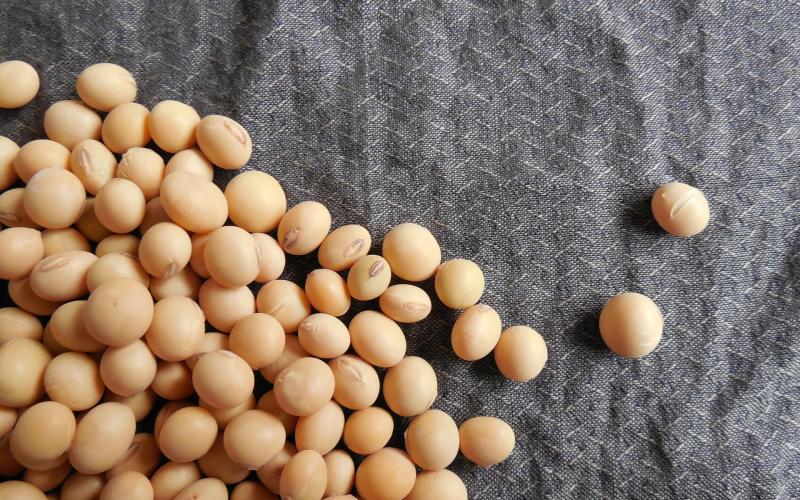
Want a Premium Price? Weed Control In NON-GMO Soybeans
Many emotions set in on farmers that hear the word “non-GMO”, but it could help them in times like today when prices are low for many farm products in South Dakota.
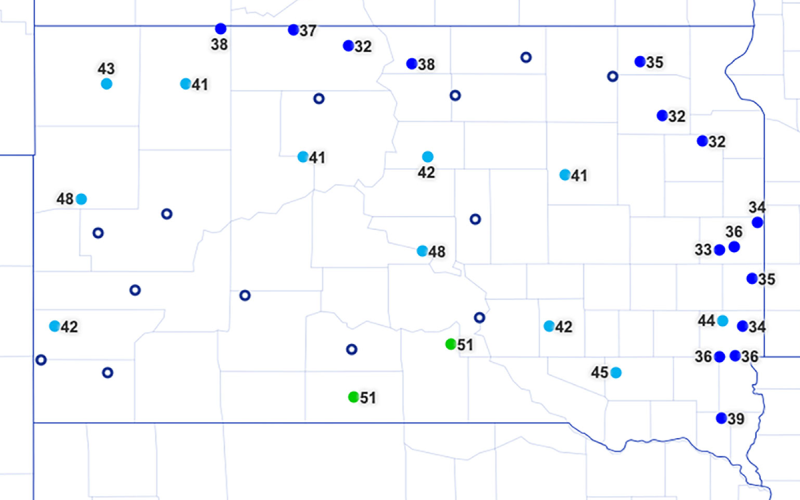
Delayed Planting Due to Soil Temperatures?
Although it can be tempting to get a head start with row crops, it's important to be mindful of soil temperatures and the risks associated with planting early.
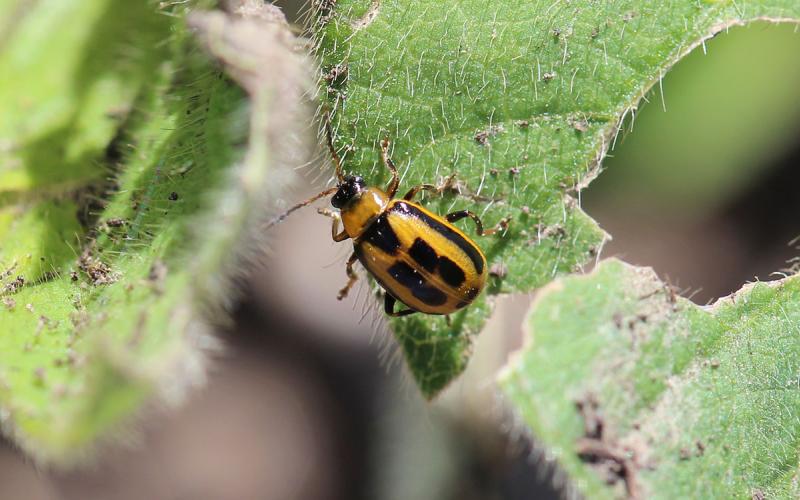
South Dakota Overwintering Bean Leaf Beetle Predicted Mortality: 2021-2022
Bean leaf beetle emergence is approaching, so it’s important to start thinking about this pest. Knowing the number of days that the air was cold enough for bean leaf beetle mortality allows us to estimate the emerging populations in the spring.